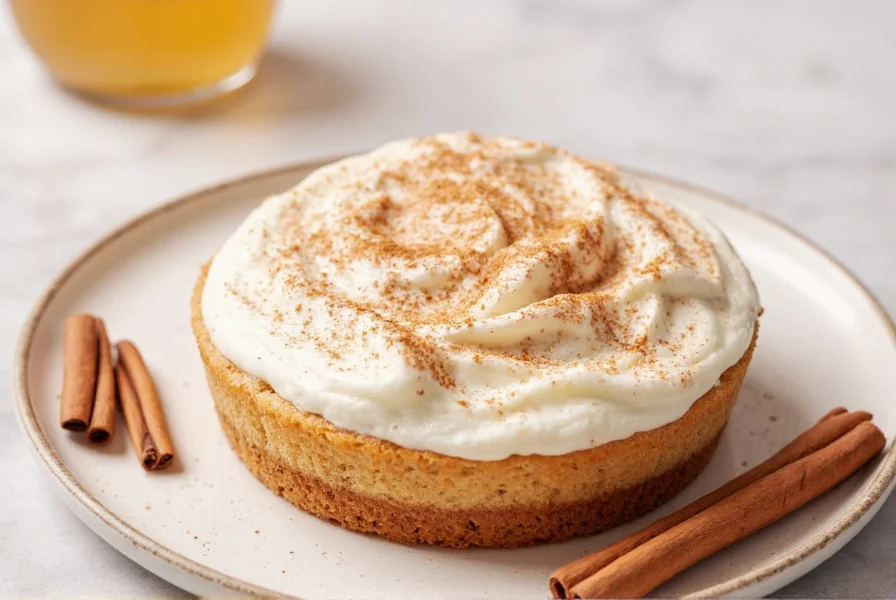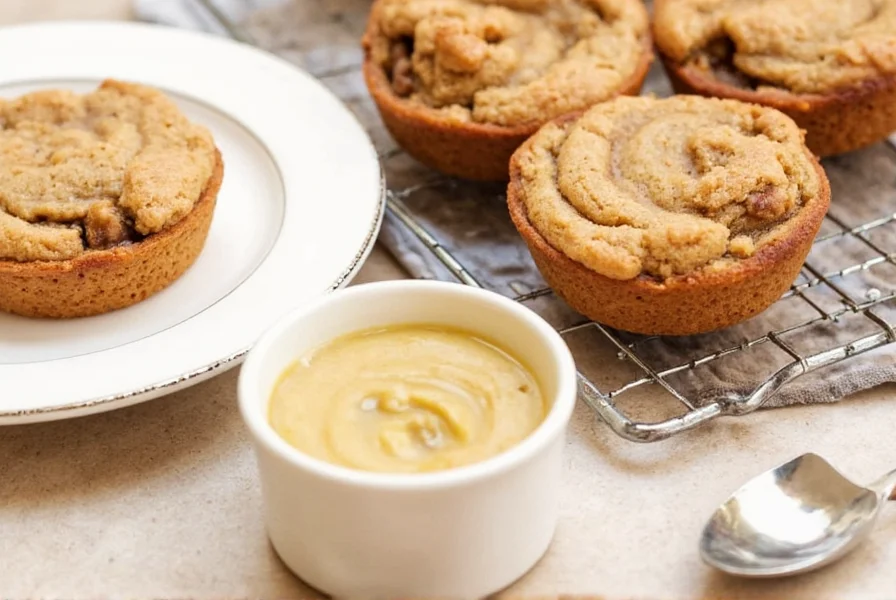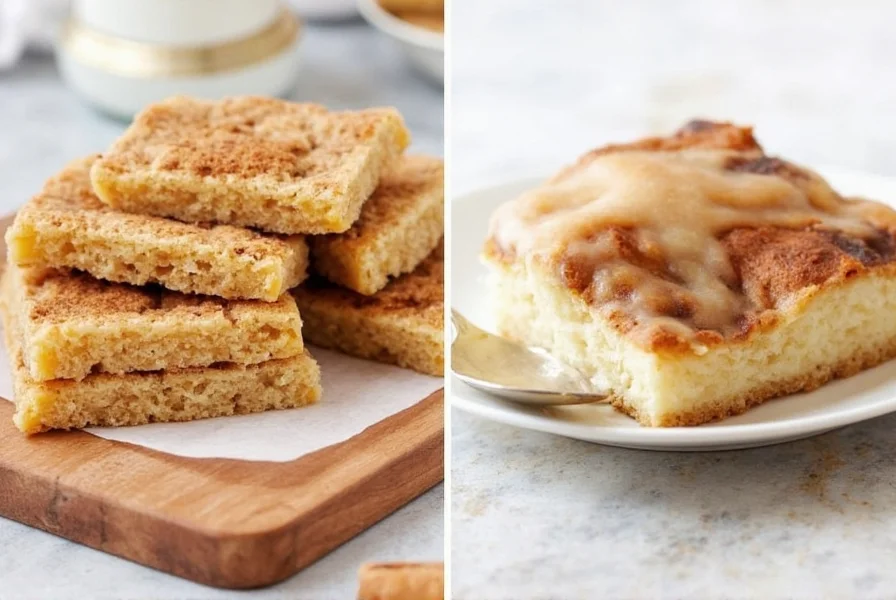The Science Behind Cinnamon's Perfect Pairings
Cinnamon's complex flavor profile contains over 50 compounds that interact uniquely with other ingredients. The primary compound, cinnamaldehyde, creates that signature warm spice that enhances sweetness without additional sugar. When baking, cinnamon undergoes the Maillard reaction, developing deeper, caramel-like notes that transform simple desserts into extraordinary treats.

Top Cinnamon Dessert Categories and Why They Work
Understanding which desserts benefit most from cinnamon starts with recognizing how this spice interacts with different flavor profiles. The following categories consistently deliver exceptional results when cinnamon is incorporated properly.
| Dessert Category | Best Cinnamon Type | Recommended Ratio | Flavor Enhancement |
|---|---|---|---|
| Apple-based desserts | Cassia | 1-2 tsp per 3 apples | Amplifies natural sweetness, balances tartness |
| Chocolate desserts | Ceylon | 1/2-1 tsp per 6 oz chocolate | Adds warmth without overpowering cocoa |
| Pumpkin & squash | Cassia | 1.5 tsp per 15 oz puree | Complements earthy notes, enhances spice complexity |
| Cream-based desserts | Ceylon | 1/4-1/2 tsp per cup | Prevents bitterness, adds subtle warmth |
Apple-Based Cinnamon Desserts
Apple and cinnamon represent one of baking's most perfect marriages. The malic acid in apples interacts with cinnamon's compounds to create new flavor molecules that neither ingredient produces alone. For classic apple pie, add cinnamon to both the filling and crust for layered flavor. Try incorporating cinnamon into the butter when making pie crust for a subtle, sophisticated warmth that permeates the entire dessert.
Chocolate-Cinnamon Fusion
Contrary to popular belief, cinnamon enhances chocolate rather than competes with it. The spice's warmth brings out chocolate's fruity notes while softening any bitterness. For chocolate-cinnamon brownies, bloom 1 teaspoon of Ceylon cinnamon in the melted butter before adding to the batter. This technique maximizes flavor extraction without creating a gritty texture. Mexican hot chocolate cake takes this pairing further by incorporating a touch of cayenne with the cinnamon for an intriguing flavor dimension.

Mastering Cinnamon Technique in Desserts
Professional bakers use specific techniques to maximize cinnamon's potential in desserts. The timing and method of incorporation dramatically affect the final flavor profile.
When to Add Cinnamon During Baking
Adding cinnamon at different stages creates varying flavor intensities. For subtle warmth, bloom cinnamon in warm liquids (milk, butter, or cream) before incorporating into batters. For pronounced spice notes, mix directly with dry ingredients. To create dramatic swirls in cinnamon rolls and coffee cakes, combine cinnamon with sugar and a small amount of flour to prevent sinking during baking.
Avoiding Common Cinnamon Mistakes
Many home bakers make critical errors that diminish cinnamon's impact. Never bake with cinnamon alone—always pair with sugar to balance its natural bitterness. Avoid excessive heat exposure, as prolonged high temperatures cause cinnamon's volatile oils to evaporate, leaving a harsh, medicinal flavor. When making custards and creams, temper cinnamon-infused milk gradually to prevent curdling while preserving delicate flavor compounds.
Seasonal Considerations for Cinnamon Desserts
Cinnamon's versatility shines across seasons with proper adaptation. In summer, use lighter applications in fruit crisps and parfaits. Fall calls for robust cinnamon applications in apple and pumpkin creations. Winter benefits from cinnamon's warmth in dense cakes and spiced cookies. Even spring desserts can incorporate subtle cinnamon notes in carrot cake or citrus-cinnamon tarts that bridge winter and summer flavors.
Creating Balanced Cinnamon Flavor Profiles
The secret to exceptional cinnamon desserts lies in complementary spice pairing. Cinnamon harmonizes beautifully with nutmeg, allspice, and cardamom, but the ratios matter significantly. For most applications, maintain a 3:1 ratio of cinnamon to supporting spices. In delicate desserts like panna cotta or custards, pair cinnamon with vanilla and a touch of orange zest for complexity without overwhelming the primary flavors.
FAQ
What's the difference between Ceylon and Cassia cinnamon for desserts?
Ceylon cinnamon (true cinnamon) has a delicate, sweet flavor ideal for custards, creams, and delicate cakes. Cassia cinnamon offers a stronger, more robust flavor perfect for apple pies, snickerdoodles, and hearty baked goods. Ceylon contains significantly less coumarin, making it safer for regular consumption in larger quantities.
How can I prevent cinnamon from making my desserts bitter?
Bitterness occurs when cinnamon is exposed to excessive heat or used in improper ratios. Always pair cinnamon with sugar (minimum 2:1 sugar to cinnamon ratio), avoid baking above 350°F (175°C) when cinnamon is prominent, and never use more than 1.5 teaspoons per standard cake or pie recipe without balancing with complementary flavors like vanilla or citrus.
Which fruits pair best with cinnamon besides apples?
Pears, peaches, plums, and bananas all pair exceptionally well with cinnamon. Pears develop a sophisticated flavor when baked with cinnamon, while peaches and plums benefit from cinnamon's ability to balance their natural acidity. For bananas, use cinnamon in breads and cakes where its warmth complements the fruit's natural sweetness without overpowering delicate flavors.
Can I make cinnamon desserts without refined sugar?
Yes, but successful sugar substitution requires adjustments. When using natural sweeteners like maple syrup or honey, reduce cinnamon by 25% as these sweeteners intensify spice perception. For desserts using artificial sweeteners, increase cinnamon by 10-15% since these sweeteners don't balance cinnamon's bitterness as effectively as sugar. Always include a touch of acid (lemon juice or vinegar) to help balance the flavor profile.











 浙公网安备
33010002000092号
浙公网安备
33010002000092号 浙B2-20120091-4
浙B2-20120091-4